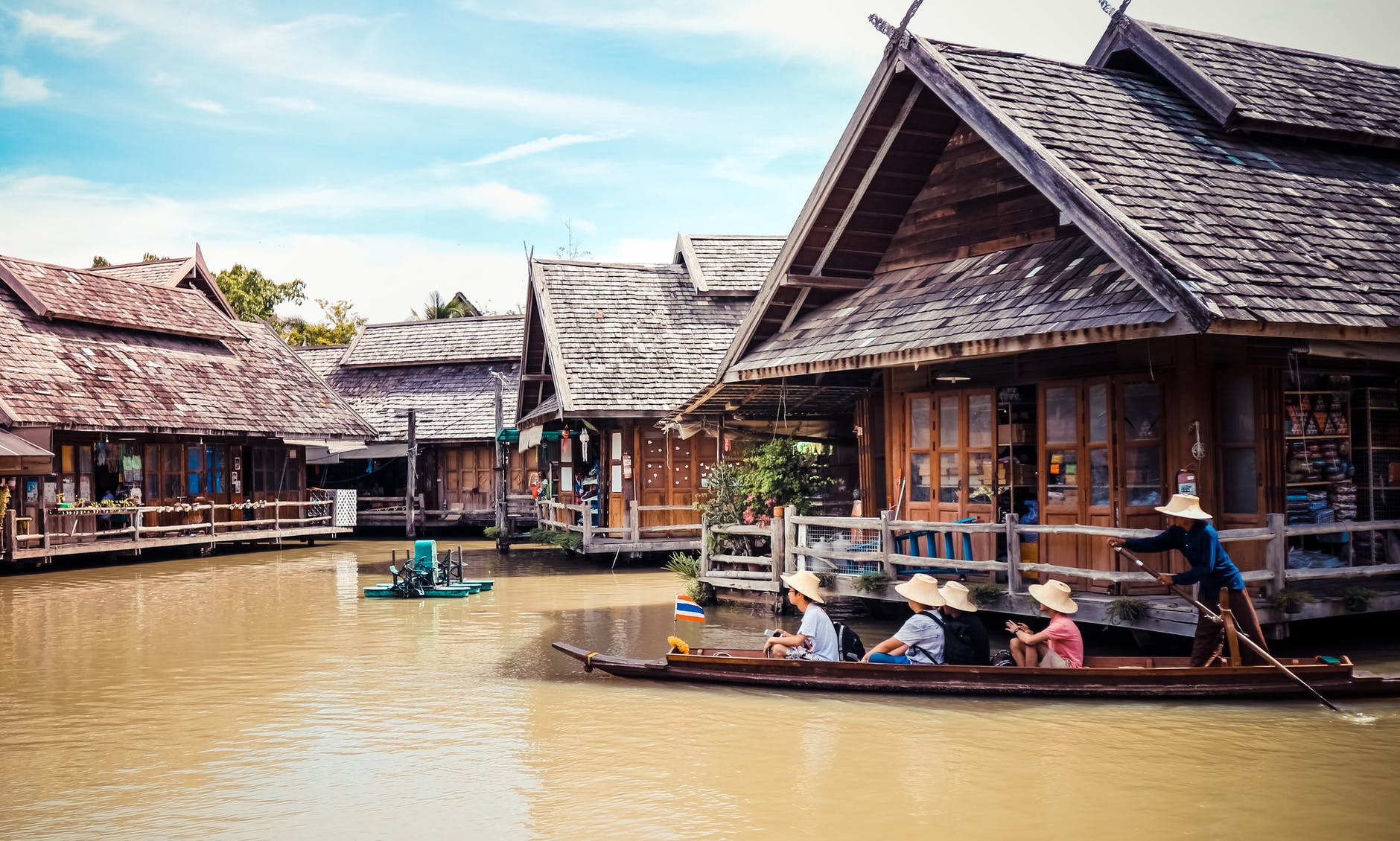
Southeast Asia could be the next coronavirus hot spot as the number of COVID-19 infections swiftly rose the past weeks.
As of Sunday, data from Johns Hopkins University shows Southeast Asia recorded over 28,000 confirmed cases of coronavirus.
Indonesia, the Philippines, Malaysia and Singapore collectively account for 87.9% of total cases recorded in Southeast Asia.
The figures may be far off the hundreds of thousands reported in the U.S. and some European countries. However, studies suggest that authorities may still be unable to detect tens of thousands more infections due to the low testing rate in countries like Indonesia and the Philippines.
“The fact is ... cases have been ramping up here in Southeast Asia,” Simon Tay, chairman of think tank Singapore Institute of International Affairs, told CNBC’s “Squawk Box Asia” last week.
Tay said governments should respond to curbing the outbreak quickly. “We do need to act. The Philippine testing numbers, the Indonesian testing numbers are far too low,” he added.
In Singapore, the number of cases dramatically rose in the last two weeks. After being praised for the government's handling of the outbreak, Singapore appears to have overlooked migrant workers in packed dormitories.
Leong Hoe Nam, an infectious disease specialist at Mount Elizabeth Novena Hospital in Singapore, described the uptick in cases “a bit embarrassing.”
“We’ve controlled the inbound (cases) from overseas patients returning. Within the local community, the numbers have controlled somewhat,” he told CNBC’s “Squawk Box Asia” last week.
“But for the foreign workers who (live) in dormitories, we really have a big problem controlling there,” he added.
Testing capacity in Southeast Asia
The testing capacity across Southeast Asia varies.
Data compiled by statistics site Worldometer reveals that Singapore is capable of 16,203 tests per million people. On the other hand, Myanmar is close to the bottom globally with just 85 tests per million people in the population.
Experts are particularly concerned about Indonesia and the Philippines since they have large population.
Indonesia, which has the world’s fourth-largest population of over 270 million, has held around 42,000 tests in total. Worldometer shows that this is 154 tests per million people — one of lowest globally.
Authorities in Indonesia plan to perform 10,000 tests per day, based on a report from Reuters. Infections in the country could reach 95,000 as tests widen.
Indonesia President Joko Widodo, also known as Jokowi, has received criticism for not implementing a nationwide lockdown and restricting domestic travel. Local authorities in Jakarta and other areas were allowed to impose lockdown measures.
“It seems that Jokowi has prioritised preserving the economy over preventing the spread of the virus because he fears his legitimacy and hold on power may be at risk,” Bradley Wood. Wood is a research officer at the Australian National University’s Strategic and Defence Studies Centre, wrote in a report earlier this month.
Meanwhile, in the Philippines, President Rodrigo Duterte is expecting to get 900,000 more test kits on top of 100,000 already in use. The government already imposed strict lockdown measures, but its modelling has not yet detected 75% of infections or around 15,000 people.






